Auto-Theft Warning - Only Bring What You Need to the Park
You can prevent vehicle break-ins in parking lots and scenic overlooks. Before leaving your car for even a short period of time: 1) Remove all valuables, 2) Lock your doors. 3) Take your cell phones and electronics with you. Read article for more details.
| Title | Fort Point |
| Park Code | fopo |
| Description | From its vantage point overlooking the spectacular Golden Gate, Fort Point defended the San Francisco Bay following California's Gold Rush through World War II. Its beautifully arched casemates display the art of 3rd system brick masonry and inte... |
| Location | |
| Contact | |
| Activities |
|
| Entrance fees |
|
| Campgrounds | Count: 0
|
| Places | Count: 9
Cannons: Fort Point TourAs you reenter the casemates, note the display case on your right. It contains various projectiles and firing equipment used during the Civil War period. Directly in front of you are three cannons mounted on wooden carriages. These are the types of guns that were mounted in the casemates and atop the roof of Fort Point. 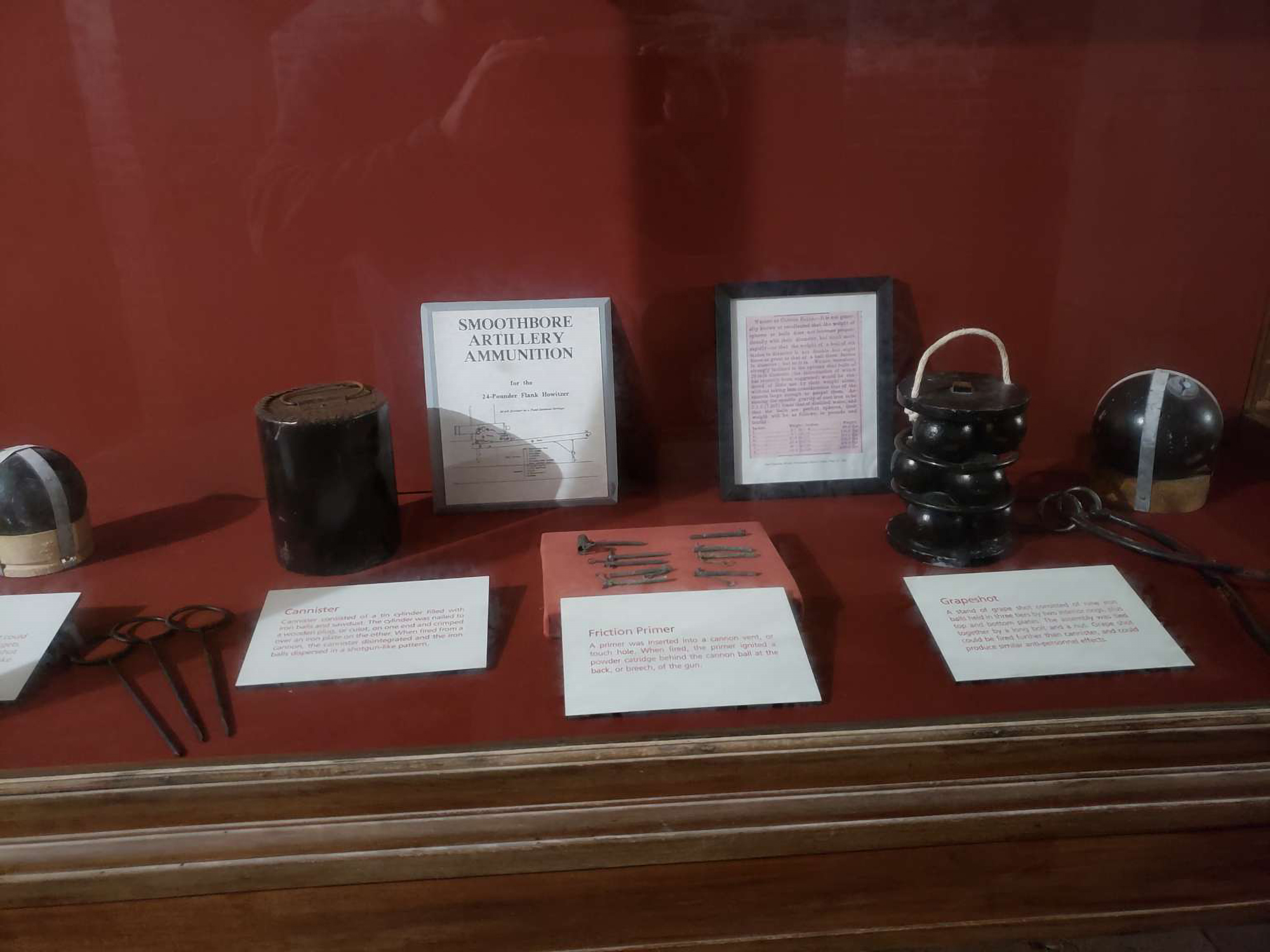
Casemates: Fort Point TourCasemates, the vaulted rooms on the North side of the parade, housed cannon that fired through iron-lined openings in the five-foot-thick walls. The casemates today contain cannons from multiple eras of defense at Fort Point. There are thirty casemates on each of the three tiers. The South side of the parade was called the gorge. The first floor housed privies, store rooms, a guard room, a jail, and powder magazines. 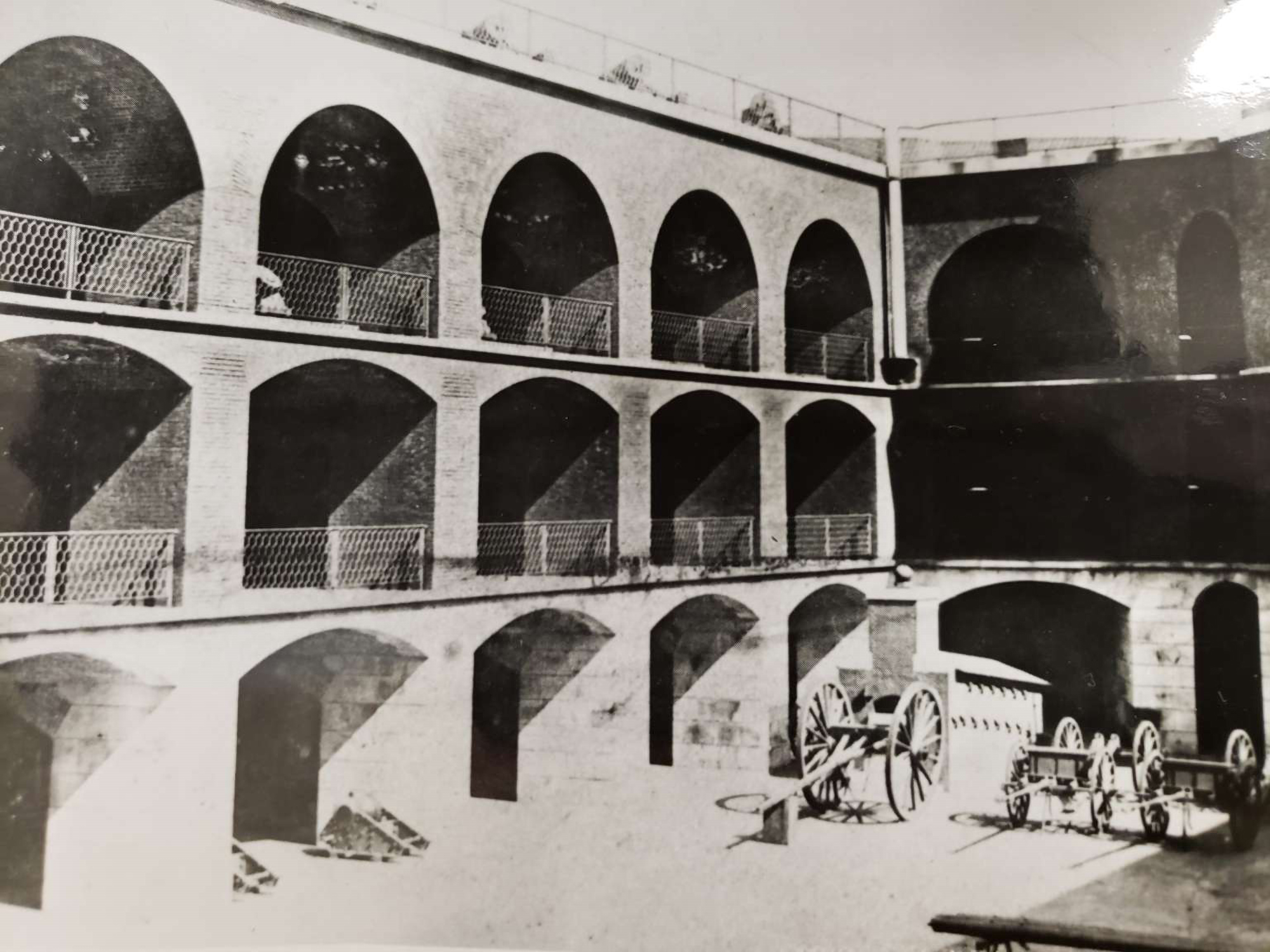
Fort PointAlthough the popular imagination does not usually associate California with the Civil War, the U.S. military did have a number of strategic fortifications here, such as Fort Point. Many Californians returned East to fight, and society in California was divided. After the war, many Confederates sought a new start far from the devastation they had witnessed during the war. 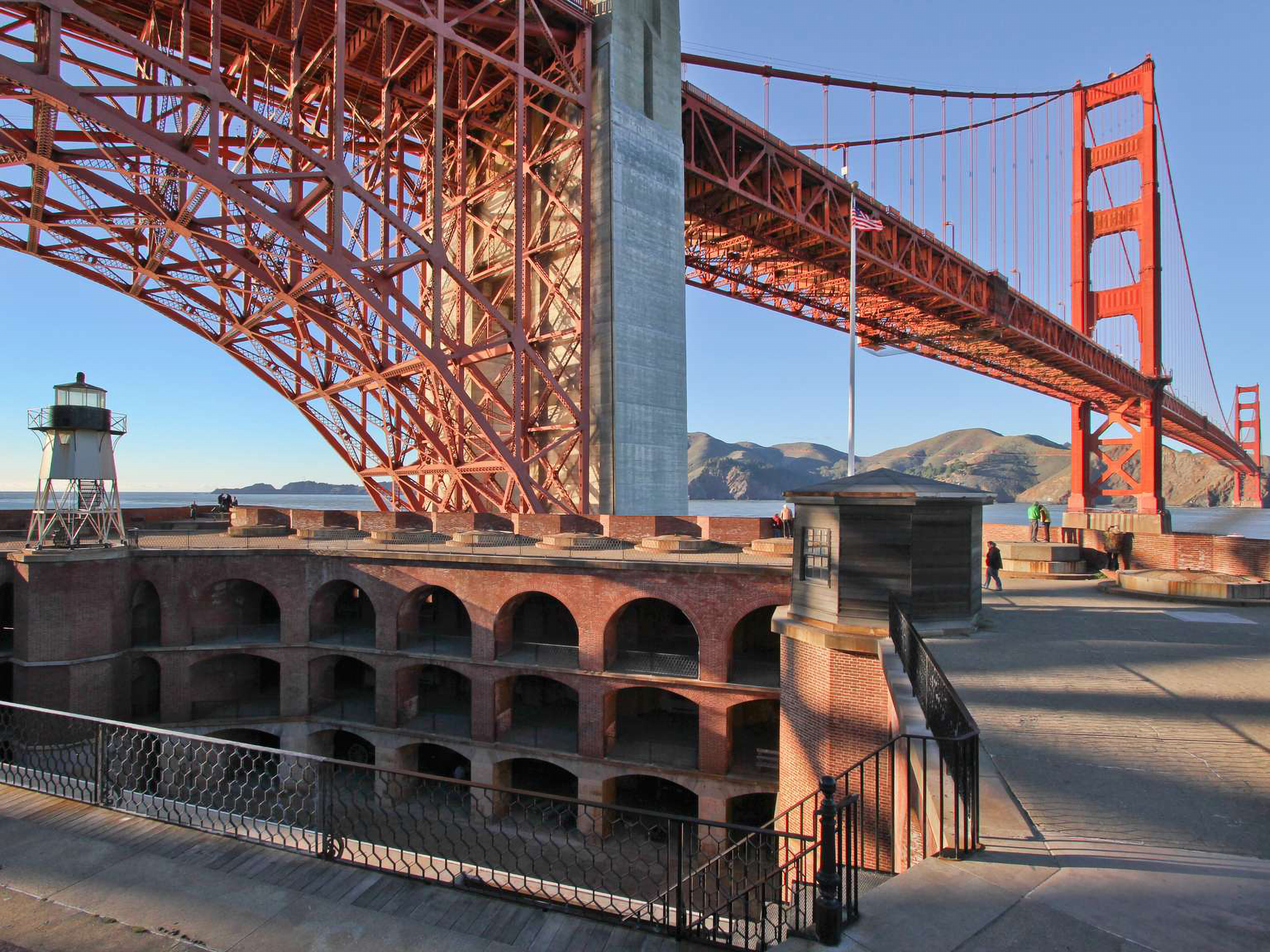
Fort Point Lighthouse: Fort Point TourStarting in 1852, the United States government went lighthouse-crazy, funding the construction of 59 lighthouses along the California coast. At this early date, the Fort Point light was one of 13 serving the San Francisco Bay. The original light was built and destroyed in 1853. Army engineers blew up the bluff it stood on to make way for the construction of Fort Point. A second lighthouse, built near the water in 1855, was removed to permit seawall construction. 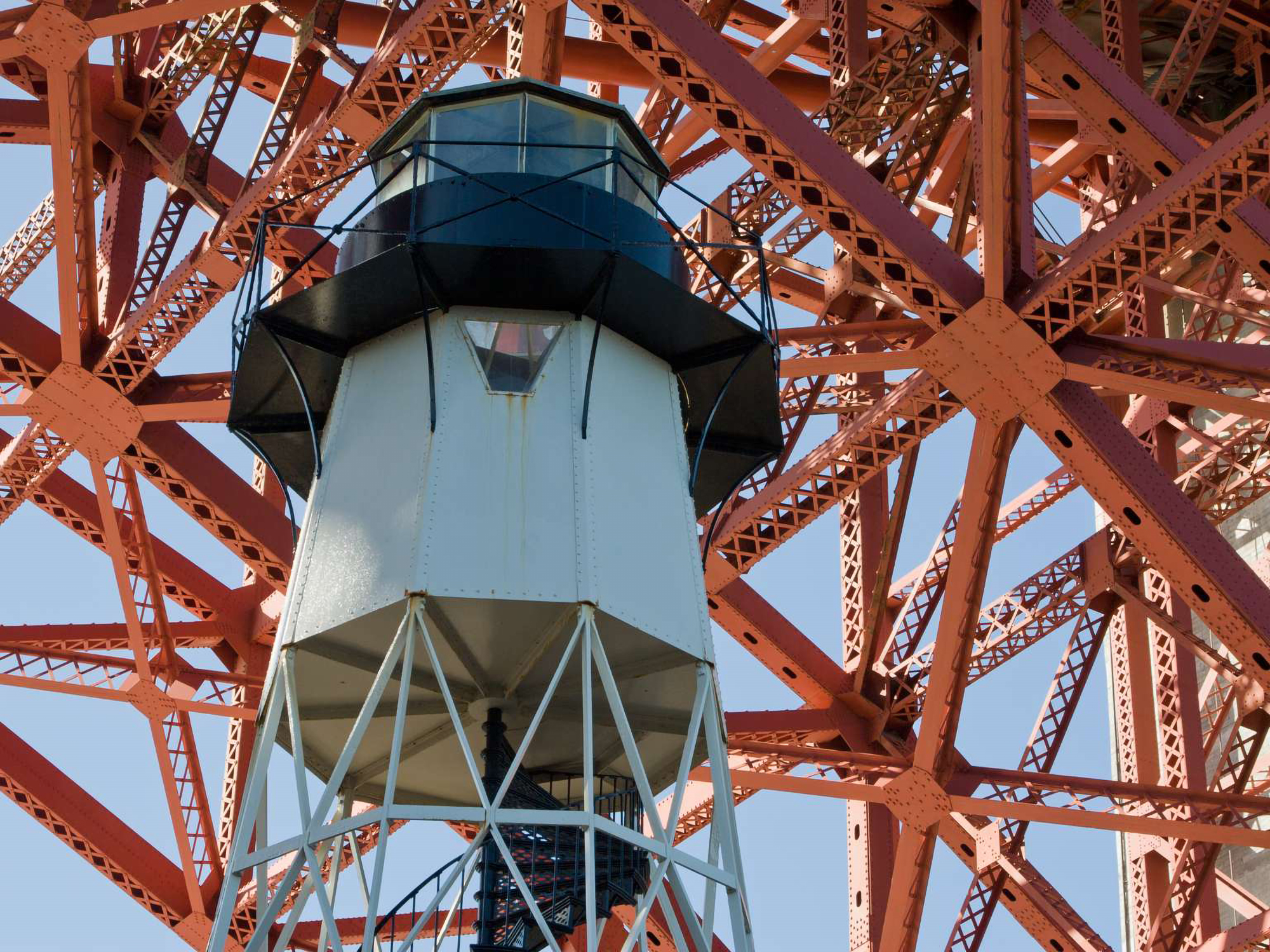
Guard Room: Fort Point TourOn the right side of the sally port is the guard room. Soldiers posted to guard duty relaxed here during their relief from shifts. A firing step was provided along the east wall so that the soldiers could fire through the rifle slits into the sally port. 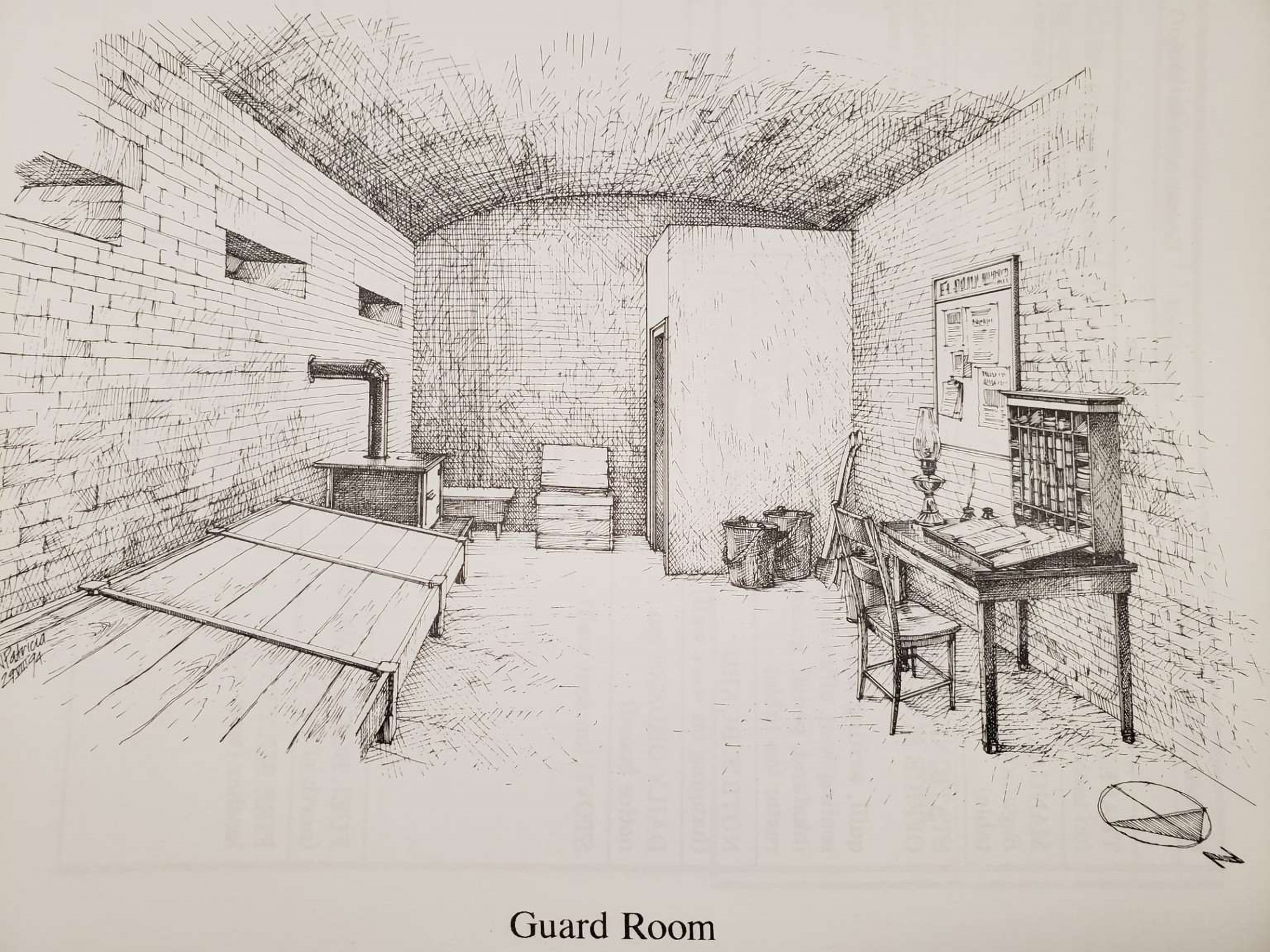
Parade Ground: Fort Point TourStand here on the parade ground. Can you hear the sounds of boots snapping to shouted commands? Living History Days including parade demonstrations happen at Fort Point twice annually. Please visit <a href="https://www.nps.gov/fopo/index.htm">our website</a> for time and date of the next Living History Day. 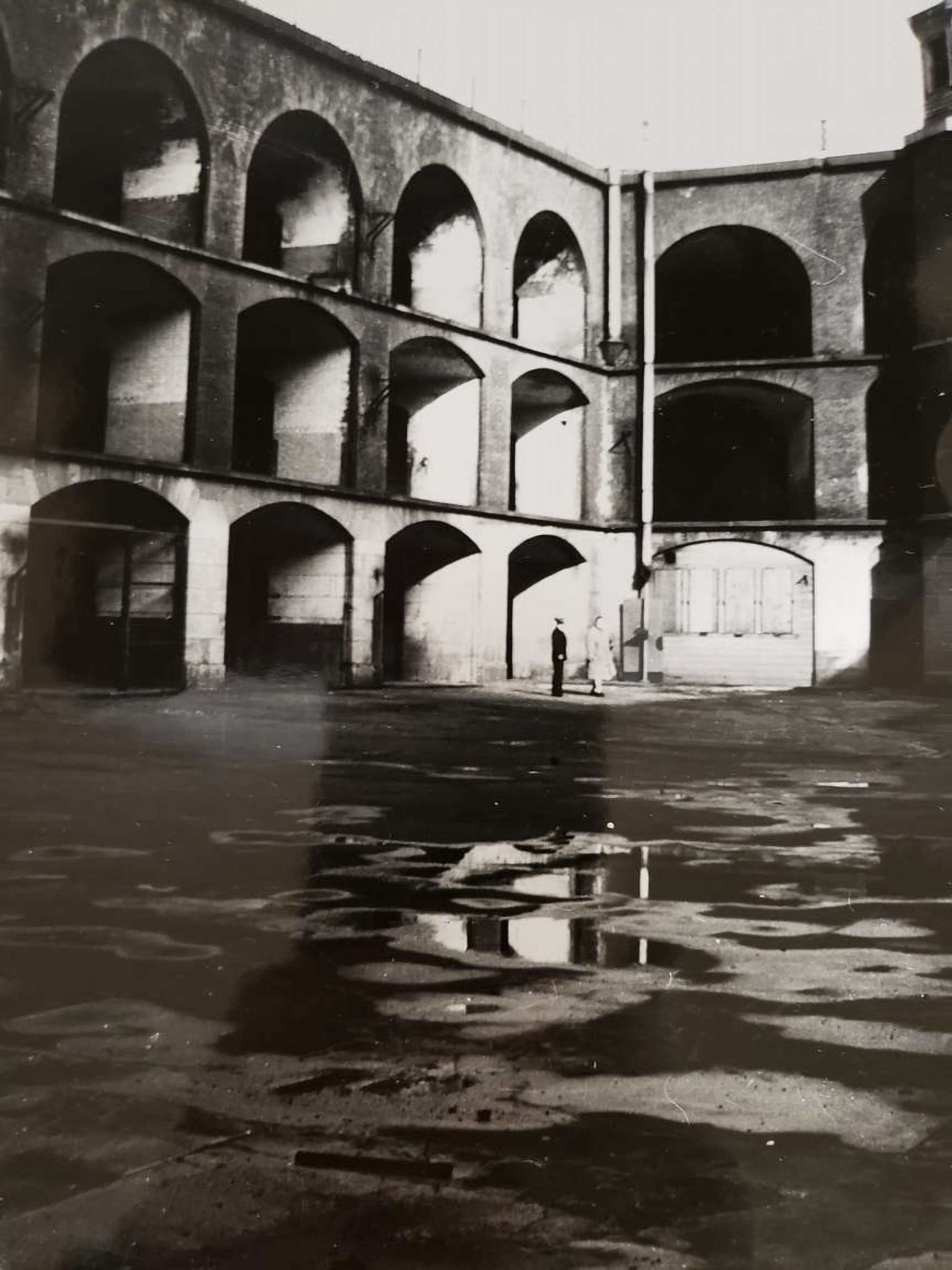
Powder Magazines: Fort Point TourHere you will find a winding hallway leading into the central powder magazines. Barrels of gunpowder for the fort's guns were kept in these rooms. Turn left and walk toward the exhibit displaying the flags that have flown over Fort Point. These two rooms contain displays on the Spanish period, soldier's life and equipment, and on the defenses of San Francisco Bay, from muzzle-loading cannon to guided missiles. 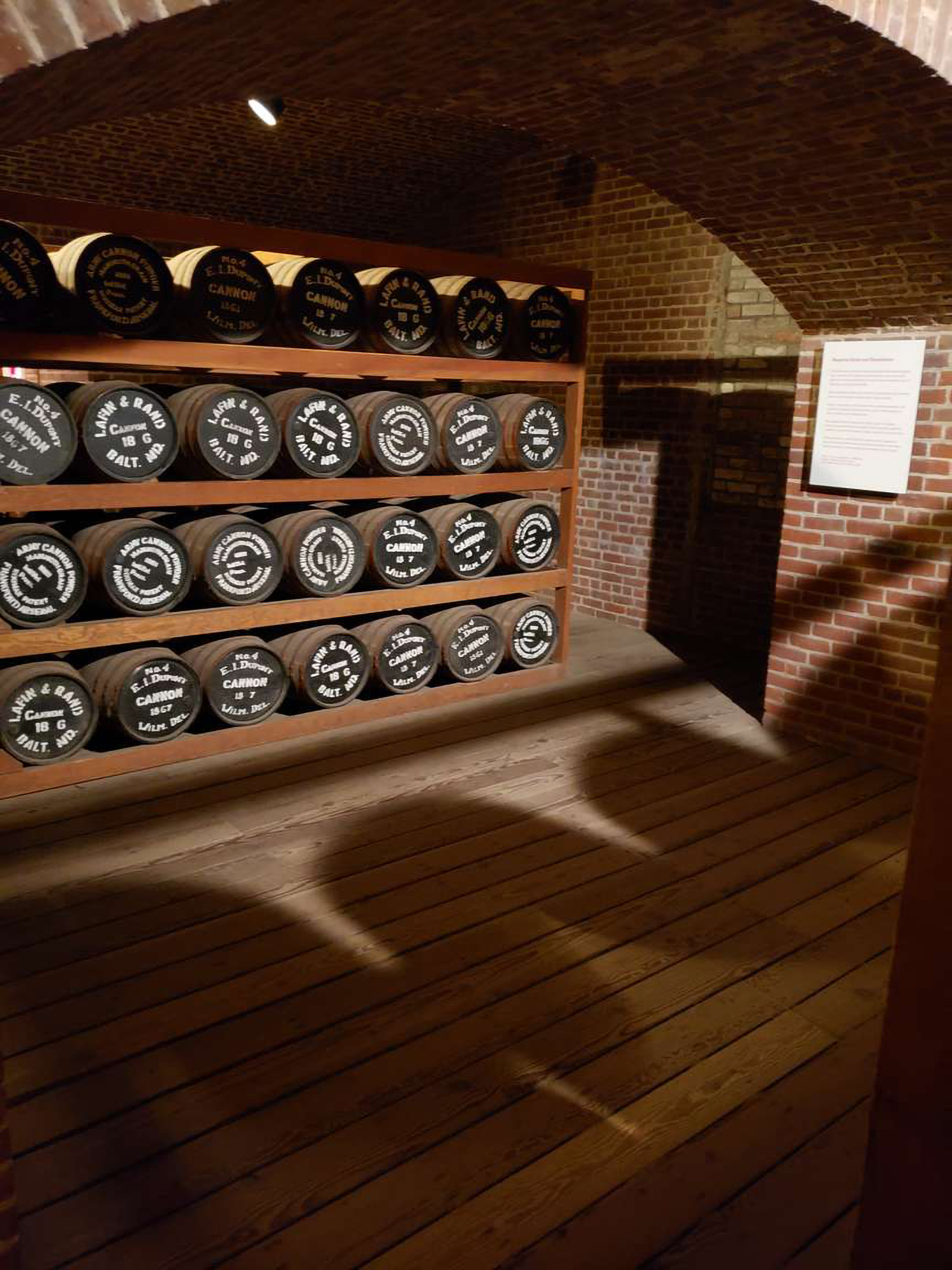
Sally Port: Fort Point TourFort Point was constructed by the U.S. Army Corps of Engineers between 1853 and 1861 to prevent entrance of a hostile fleet in the San Francisco Bay. In 1794 the Spanish Government built a small fort called "Castillo de San Joaquin" on a high bluff where Fort Point is now located. The Castillo was torn down in the early 1850's to make way for the construction of Fort Point. The fort was designed to mount 126 massive cannons. 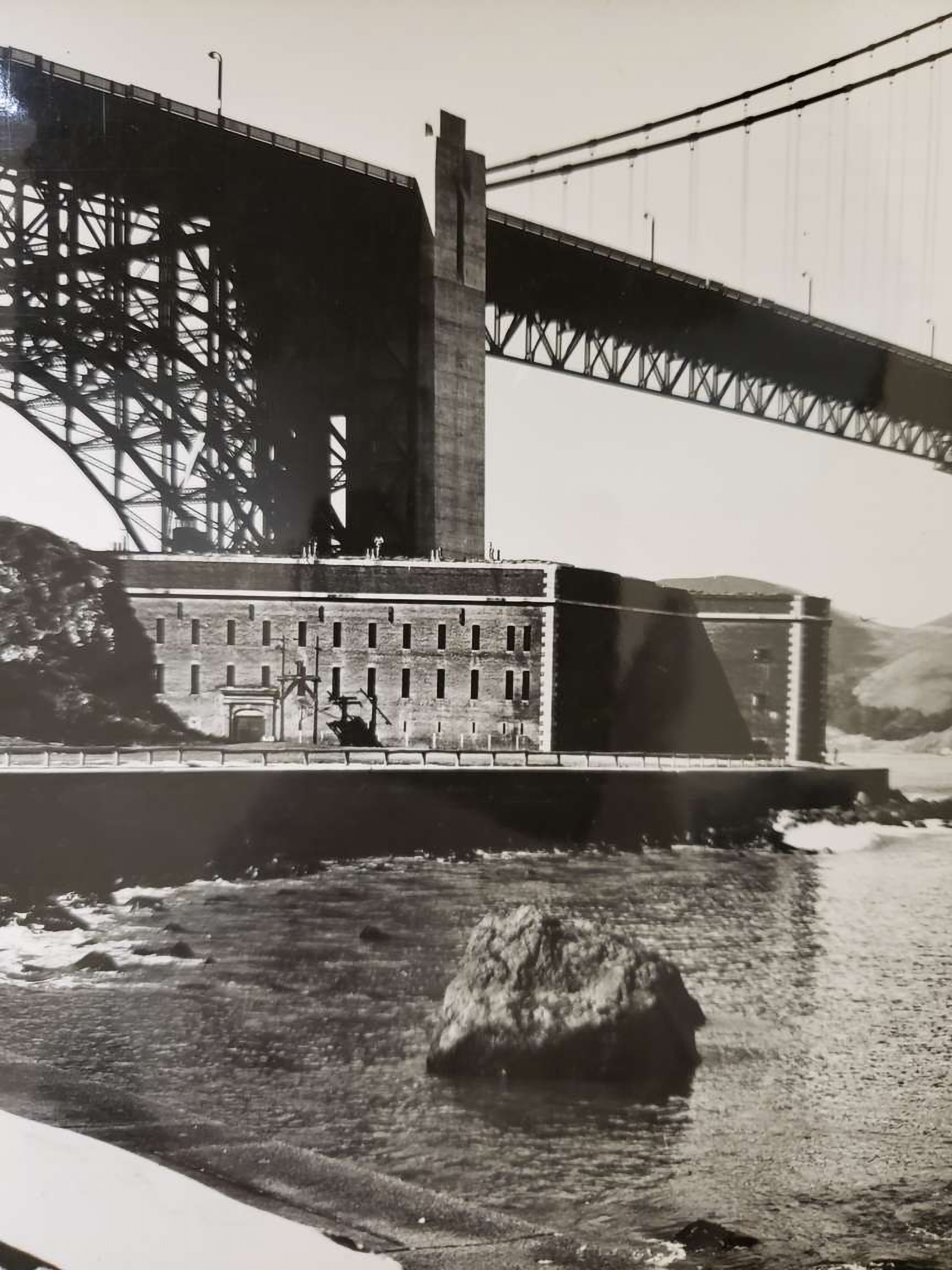
Spiral Stairwell: Fort Point TourTurn right to see the spiral stairwell near the powder magazine. The fort has three such stairways. The stone was quarried near Folsom, California and each step weighs about 1,000 pounds. Each step was hand-cut by stone masons earning 50 cents an hour and working 10 hours a day. The weight of each stone bearing down on upon the one below keeps the steps in place; there is no central column supporting the staircase. 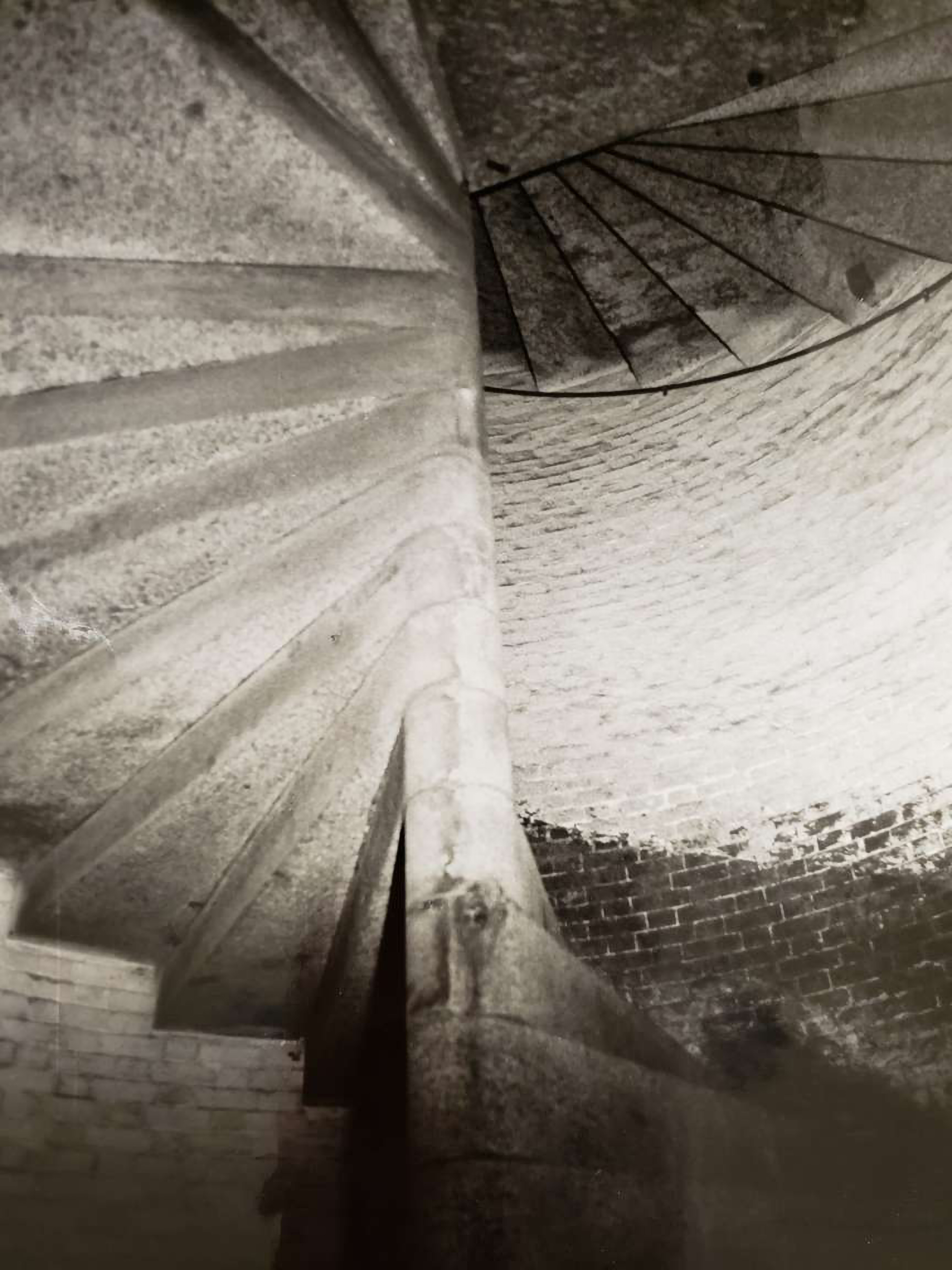
|
| Visitor Centers | Count: 1
Fort Point National Historic Site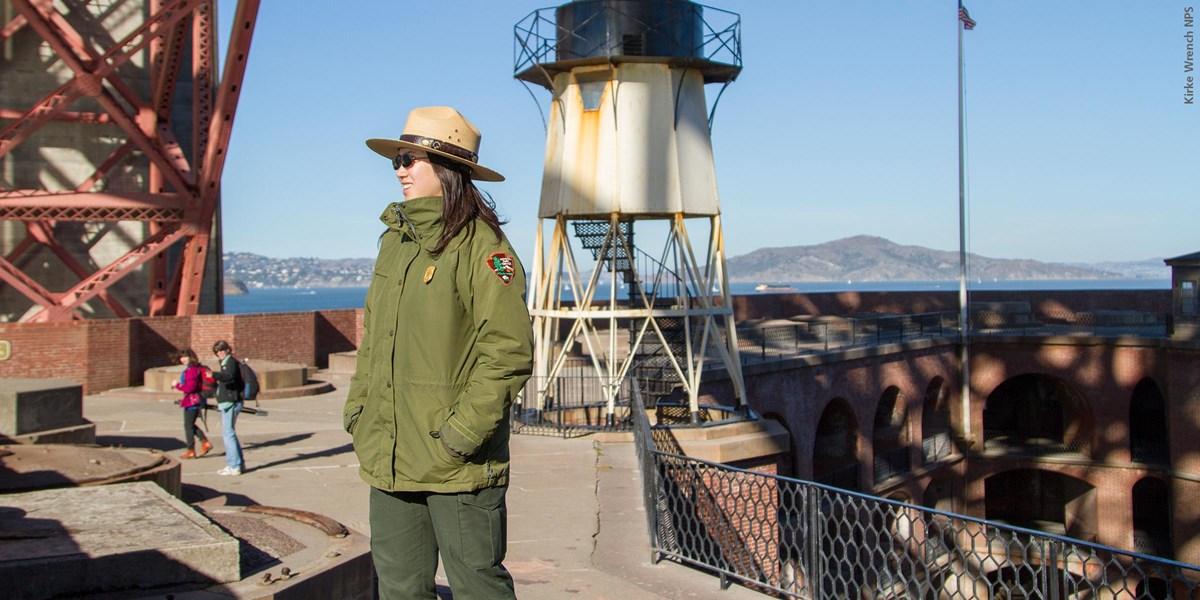
|
| Things to do | Count: 4

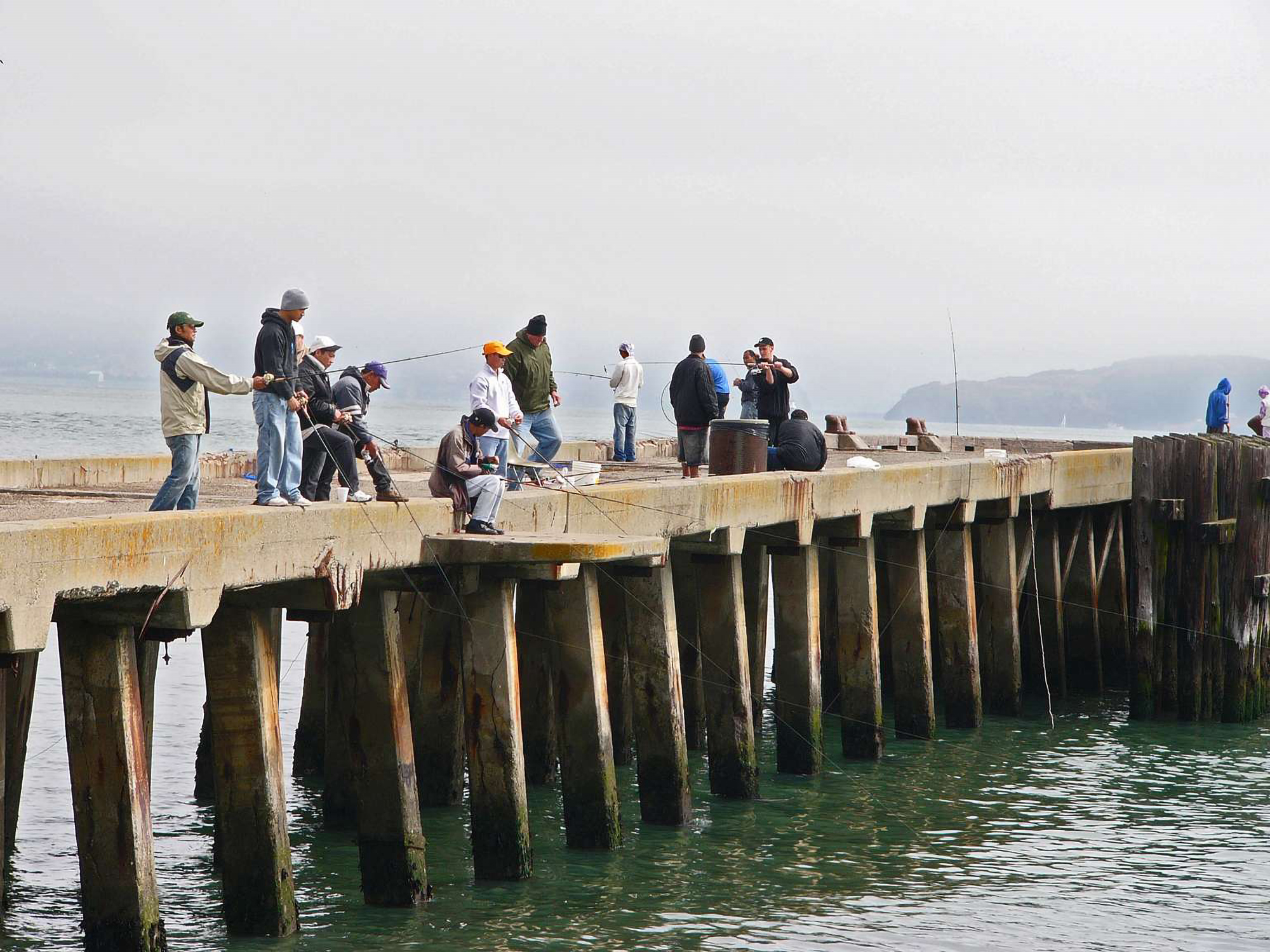
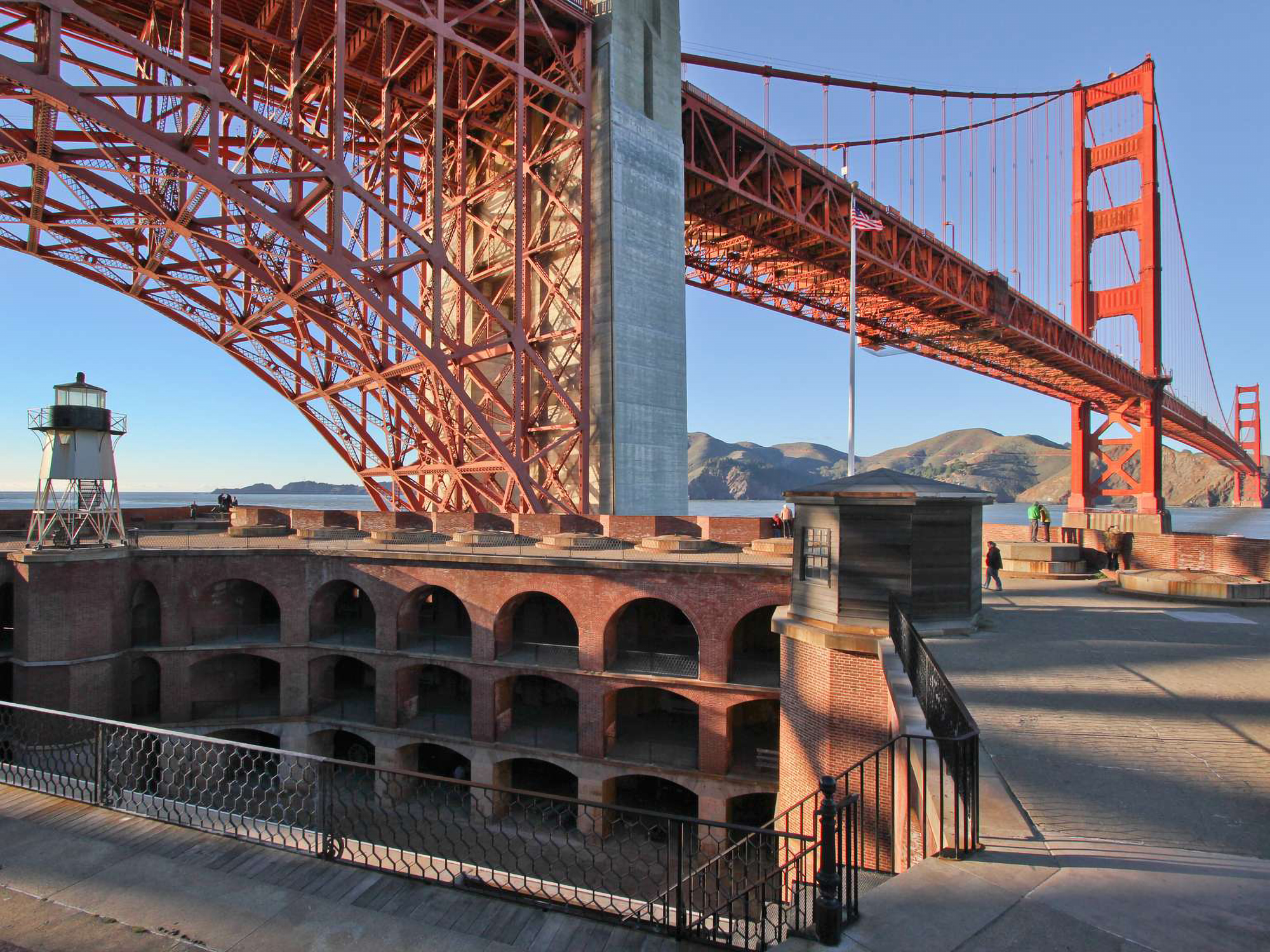

|
| Tours |
Count: 1
Fort Point: Guardian of the GateLearn about Fort Point's service to the nation. Its powerful guns, massive walls, and determined soldiers stood vigilant and served as a deterrent to any would be aggressor. |
| Articles |
|